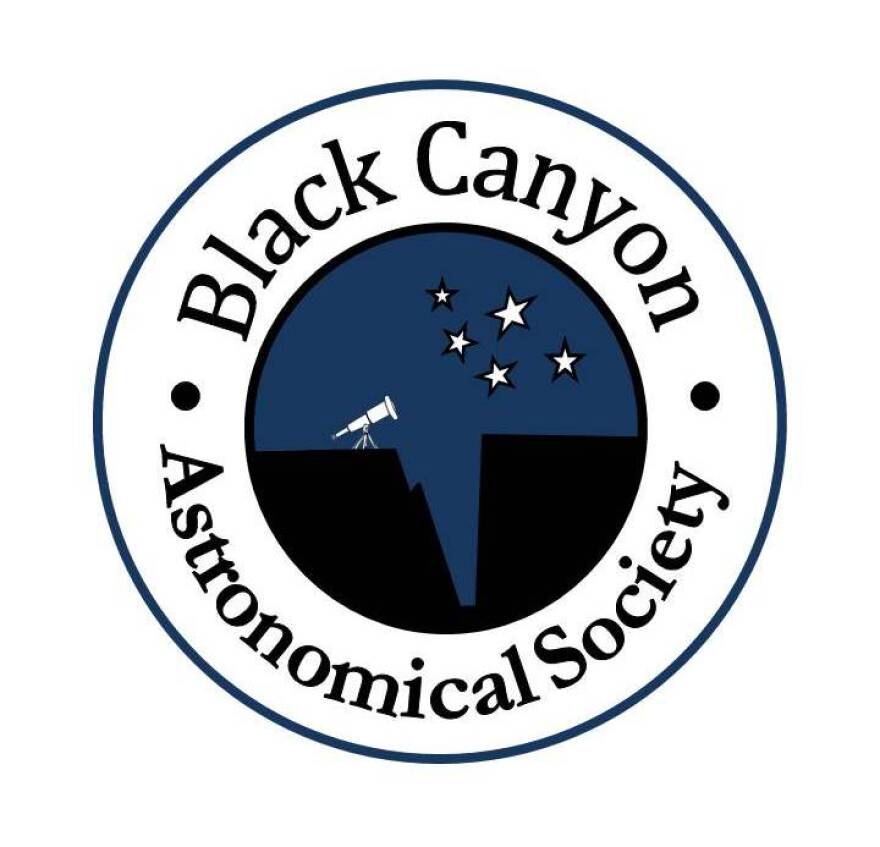Go out tonight and look for a constellation that is easy to see at this time of year. Scorpius lies close to the southern horizon. Scorpius is Latin for scorpion and this is a constellation that really looks like its namesake. Yet, as obvious as it appears like an arachnid, the constellation holds mysteries we can’t see.
It will be up around 11:00. See its pinchers at the top and swinging tail below, ready to sting. Several notable stars within it include the red supergiant Antares (the scorpion’s “heart,”) and two bright stars, Shaula and Lesath, that are in the stinger, which dips into the Milky Way.
Greek astronomer Ptolemy identified this constellation in the second century, but knowledge and study of Scorpius in western custom goes back to the ancient Babylonians. There are several stories associated with this stellar collection based on ancient Greek and Roman traditions.
But just as intriguing are mysteries within the constellation that you won’t be able to see tonight.
Scorpius stretches across the Milky Way, and there are many star clusters within it, including the Butterfly Cluster and Ptolemy’s Cluster.
Scientists have found exoplanets, too. At 12.7 billion years old, “Methuselah,” the nickname of one of them, is about twice Jupiter’s size. Other planets located within Scorpius are rocky, and potentially have liquid water. Whether there is life on these planets is unknown.
This is a summer constellation. In the winter it is hard to see, as it rises in the morning hours not too much before sunrise. This was important for the ancient Hopewell and Mississippi cultures in eastern North America.
Recent research shows that those mound-building cultures aligned their earthworks to assist the spirits of departed loved ones to the sky. The Path of Souls ritual could only be made when Scorpius, their ruler of the underworld, was hidden by the sun. With the Milky Way as the primary guide, the prehistoric ancestors were safe to travel a path leading to Orion’s Nebula in winter.
So go out tonight, or another night soon. Scrutinize the night sky around Scorpius. Be sure to relish the constellation that you can see and wonder at the mysteries that you can’t.

Western Slope Skies is produced by members of the Black Canyon Astronomical Society. This episode was written and recorded by park ranger Paul Zaenger of Black Canyon of the Gunnison National Park.


